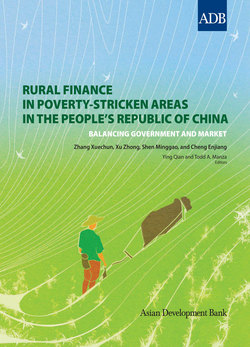Читать книгу Rural Finance in Poverty-Stricken Areas in the People's Republic of China - Xuechun Zhang - Страница 22
На сайте Литреса книга снята с продажи.
Phase 2. Resumption of Rural Financial Institutions (1979–1993)
ОглавлениеIn the late 1970s, the PRC embarked on economic reform. The reform started in the rural areas and significantly increased farmers’ production incentives by increasing prices for agricultural products and by instituting the land contract responsibility system.1 The reform soon expanded to the agro-industrial sectors. Production was deregulated, leading to a non-state-owned type of rural enterprise—township and village enterprises—most of which were collectively owned and proliferated during 1980s. The market opening unleashed suppressed consumption demand, and township and village enterprises flourished because they met the demand well and kept profitability high.
The rise in agricultural output and the emergence of rural industrialization substantially boosted rural household income in the early stages of reform. From 1978 to 1984, the annual growth of per capita rural household income reached 73% (adjusted by the agricultural products purchasing index) and industrial production in rural areas grew by 1,188%, which was much higher than the rate of national industrial production for the same period (227%). Industrial production in rural areas as a percentage of total industrial production increased from 13% in 1980 to 40% in 1990, adjusted for inflation. During this phase, rural financial institutions were reestablished or newly established, and a diversified and competitive rural financial system started to take shape.
